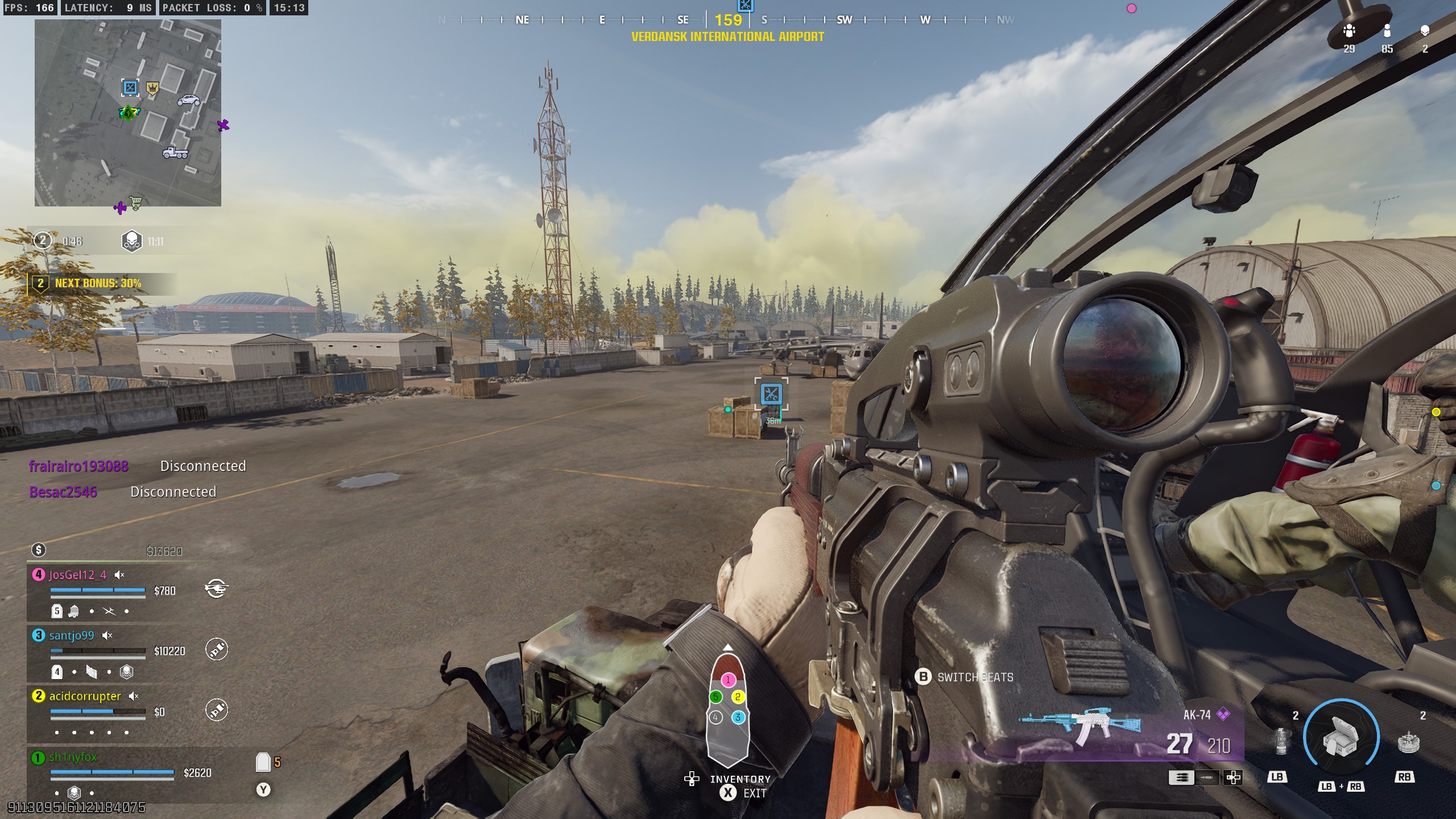Lenovo ditches old haptic touchpad tech for Sensel’s FusionUX stack — here’s why it’s a big deal
Lenovo’s 2nd gen ThinkPad Z13 and Z16 laptops are getting a touchpad remake for the better.
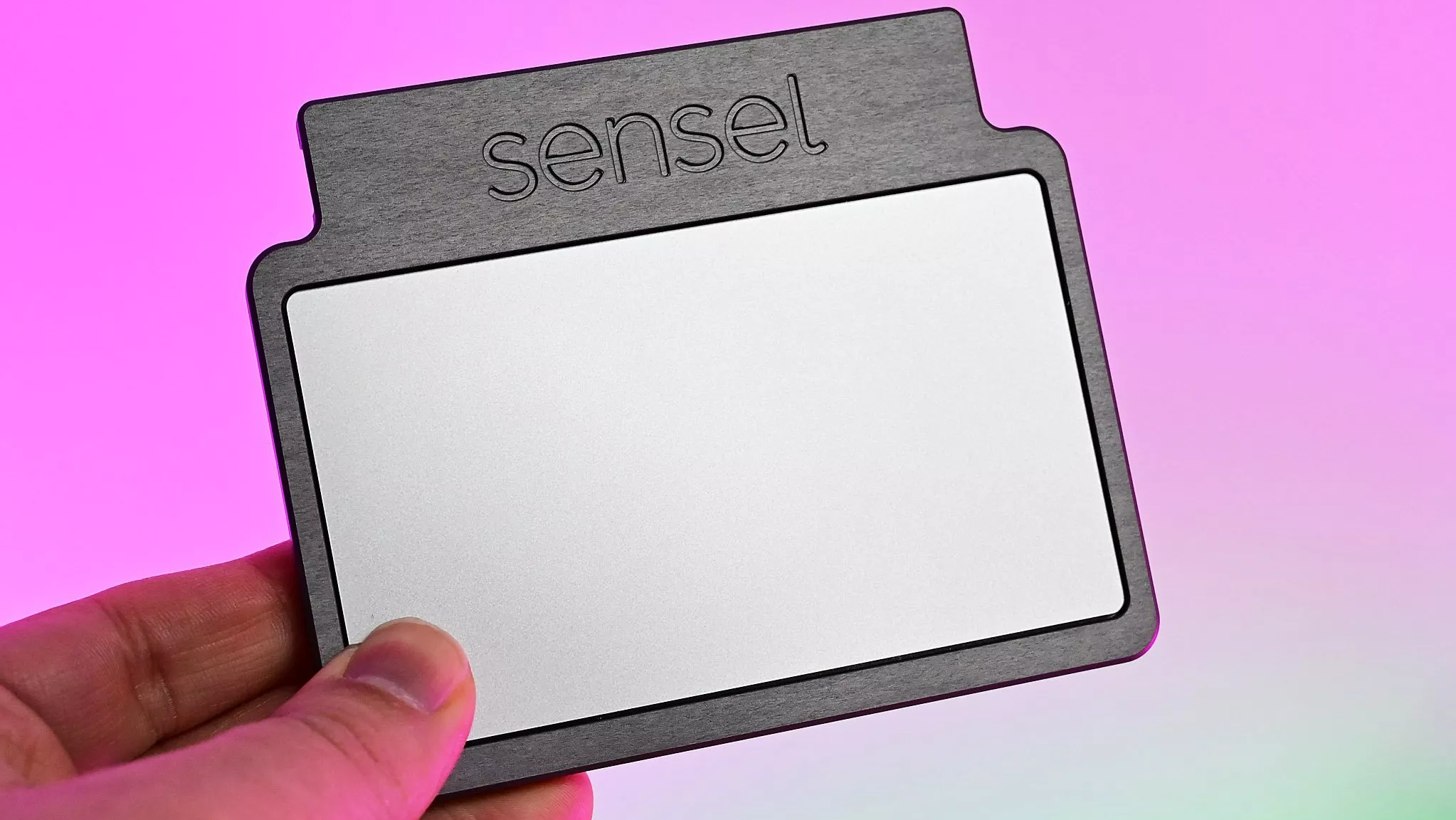
What you need to know
- Sensel collaborated with Lenovo to develop the touchpads for the second-generation ThinkPad Z13 and Z16.
- These are the first true all-Sensel technology touchpads, with Sensel providing the touch-sensing, force-sensing, and haptics.
- Sensel previously did work on Microsoft’s Surface Laptop Studio’s touchpad and earlier Lenovo products.
- Lenovo invested in Sensel's $18.8 million Series B in 2022.
Haptic touchpads have been slowly gaining traction on Windows laptops, with independent tech company Sensel leading the way. Sensel has previously put its technology in the Lenovo ThinkPad X1 Titanium Yoga, Microsoft Surface Laptop Studio, and Lenovo ThinkPad X1 Fold 16.
But now, the company is taking another major step as Lenovo is using the company’s ‘full stack’ of technology in its nascent ThinkPad Z-line with the ThinkPad Z13 and ThinkPad Z16 laptops.
The move is interesting for a few reasons.
Lenovo previously used another haptic solution for the Z13 and Z16 Gen 1 laptops. While the laptops themselves, which are aimed at Gen-Z users to be more stylish and modern, were generally well received, the touchpads were only seen as “OK.” But for the just-announced ThinkPad Z's Gen 2, Lenovo ditched the old solution and opted for Sensel’s design, which speaks volumes about how much better Sensel is at this than other haptic providers.
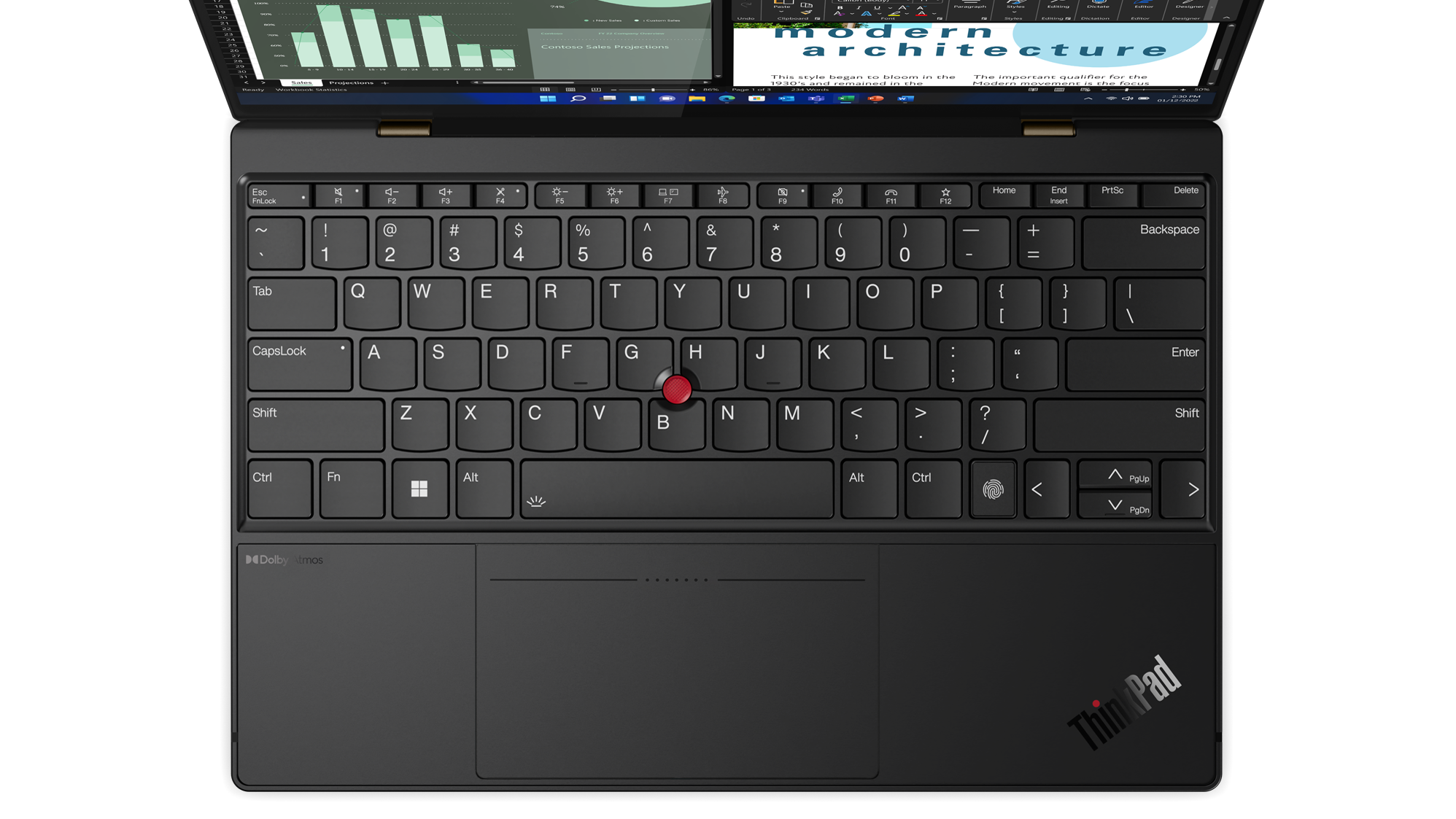
The second part relates to how this is the first time a company uses all of Sensel’s newest technology in one touchpad. Until now, companies like Microsoft used some of Sensel’s haptic engine but provided designs and technology for other components like touch, making them hybrid designs.
Sensel calls this full delivery its FusionUX technology stack, and it includes:
- High-Fidelity Haptics: Sensel delivered a high-end programmable haptics solution, which allowed Lenovo to elegantly integrate three virtual haptic buttons into the upper portion of the touchpads. This enabled Lenovo to include the ThinkPad’s iconic red TrackPoint, and a large 120 mm touchpad, without sacrificing any touchpad real-estate to the TrackPoint buttons, resulting in an exceptional user experience for all.
- Palm Rejection: The palm rejection in the Z13 and Z16 is world-class, as it must be robust enough to support two very different use-cases: typing, where the palms rest on the touchpad; and TrackPoint mousing, where the thumb and palm-edge rest on the touchpad. To accomplish this, Sensel developed a proprietary machine learning algorithm for palm rejection, which can uniquely distinguish fingers, thumbs and palms, on hands of all shapes and sizes. The Touchpad also learns from each individual’s behavior, and automatically adapts to better interpret their intent, dynamically adjusting the palm rejection, tracking zone, tap rejection, and haptic click areas.
- Accuracy: The Z13 and Z16 touchpads well exceed the Windows Precision Touchpad requirements for linearity, which means they’re incredibly accurate, allowing you to easily click that tiny X in those annoying pop-ups.
Sensel notes in its press release that “All this and more was fit into a module that is substantially thinner than the traditional haptic trackpad that’s been in the market for the past 8 years.”
Get the Windows Central Newsletter
All the latest news, reviews, and guides for Windows and Xbox diehards.
As to other benefits, Sensel remarks that using its full technology stack “eliminates the need for dedicated force sensors, a force sensing chip, high voltage electronics, and haptics transducers.”
With the FusionUX tech stack, companies can create even more (or larger) “smart-surfaces in a wide array of products and applications, making the technologies we use every day more intuitive and expressive — a future we’re excited to help usher in."
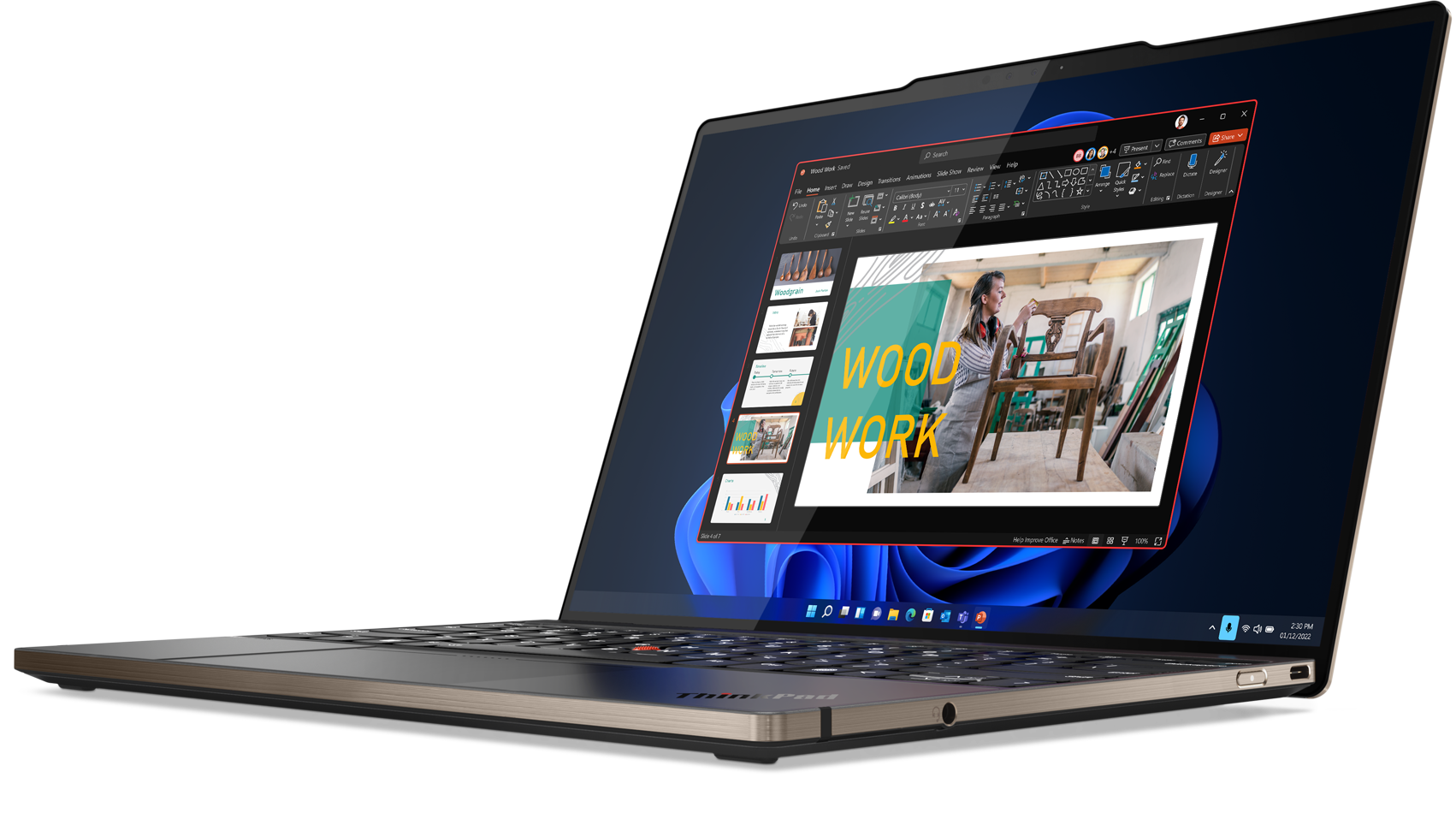
Haptic touchpads are one of the most exciting areas of development in laptops PCs these days (see LG's latest Gram implementation). The technology eliminates moving parts from the trackpad area, reducing hardware failures and manufacturing errors. The touchpads are also thinner than traditional mechanical ones, which lets OEMs put in larger batteries or build better thermals for more powerful CPUs. The touchpads are also more accurate and, more interestingly, customizable, including how much “click” is simulated for the user.
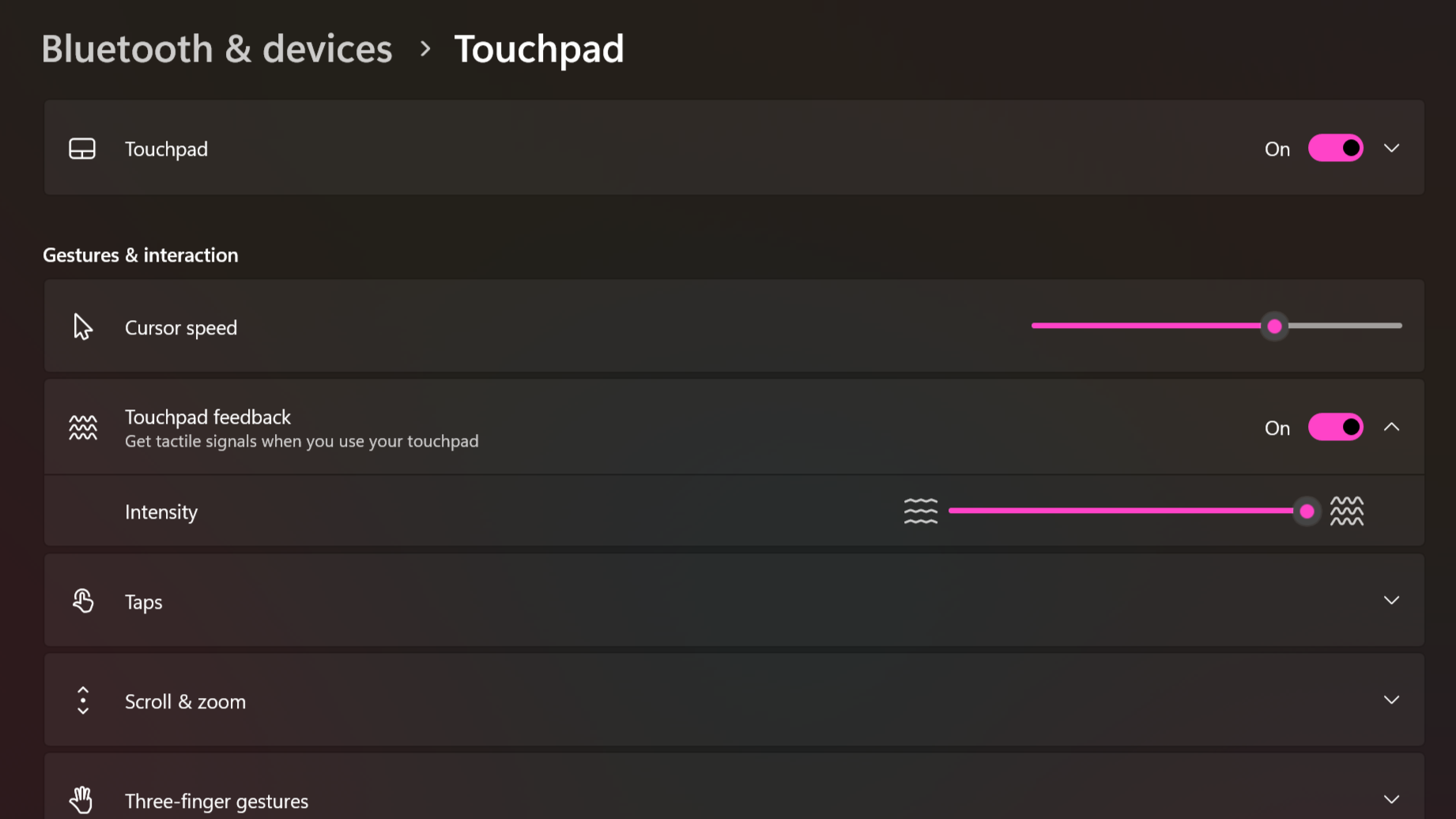
Since force detection is now part of the equation, OEMs can also build their own custom gestures with haptic touchpads such as volume controls, scrubbing, zoom, and more. For instance, on the Z13 and Z16, both of which feature Lenovo's famed TrackPoint red nub, the company can still have the top left and right-click buttons but let the user "turn them off," thereby regaining the full size of the touchpad since those buttons are no longer physical.
The new Lenovo ThinkPad Z13 and Z16 Gen 2 will be available this summer, starting at $1,249 for the Z13 and $1,749 for the Z16.
There is no ETA for Surface Laptop Studio 2. However, a recent leak suggests it is also coming later this spring/early summer.

Daniel Rubino is the Editor-in-chief of Windows Central. He is also the head reviewer, podcast co-host, and analyst. He has been covering Microsoft since 2007 when this site was called WMExperts (and later Windows Phone Central). His interests include Windows, laptops, next-gen computing, and wearable tech. He has reviewed laptops for over 10 years and is particularly fond of 2-in-1 convertibles, Arm64 processors, new form factors, and thin-and-light PCs. Before all this tech stuff, he worked on a Ph.D. in linguistics, performed polysomnographs in NYC, and was a motion-picture operator for 17 years.
